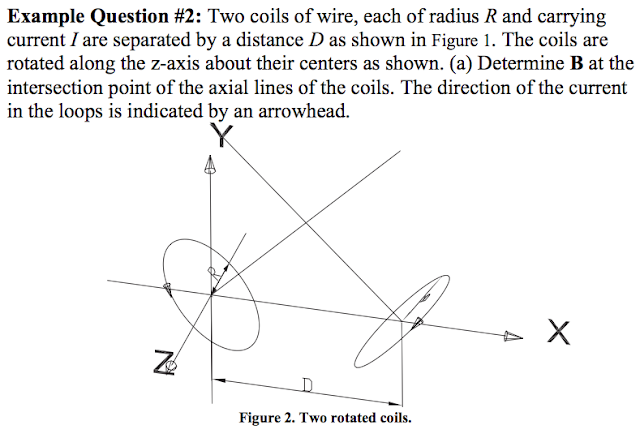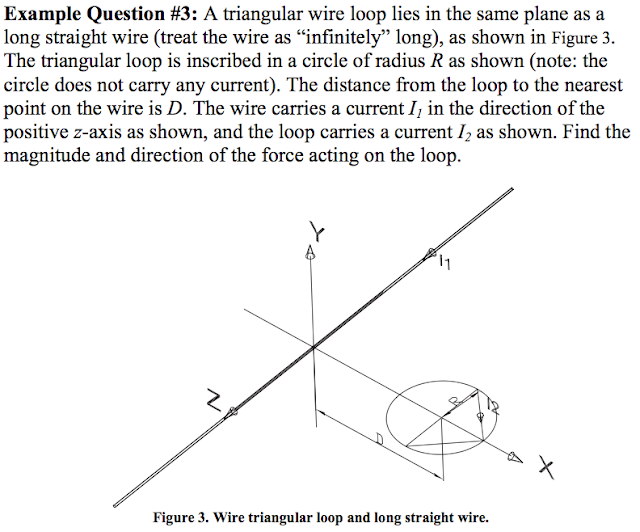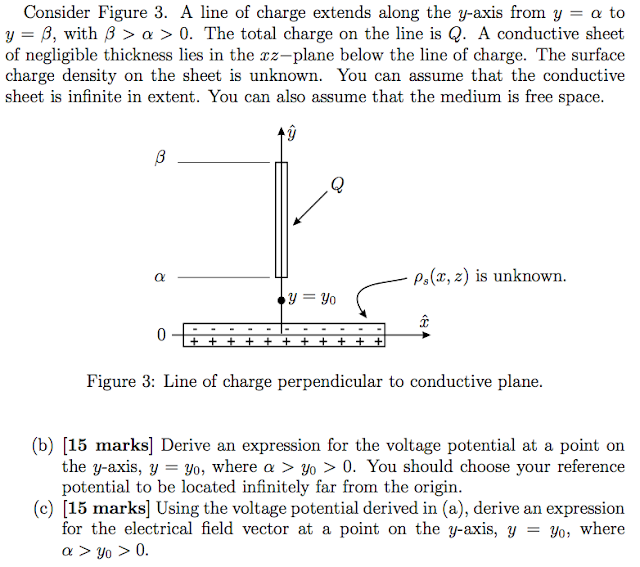The email I just sent to your TA:
Ali,
This is a large email, so please confirm that you received it ok.
Can you please cover the following topics during the upcoming PA sessions? If the students say they already know something, then spend minimal time on it. No sense in boring them to tears.
Review Material
-----------------------
1. Coordinate systems (cartesian, cylindrical, and spherical). The students should know how to specify a point, a differential surface element, and a differential volume in each coordinate system. The review questions 3.1, 3.2, and 3.3 are quite helpful in the attached PDF, taken from Sadiku, 3rd edition. The students also need to know how to find a unit vector in each coordinate system, given two points.
2. Divergence. Focus on Cartesian coordinates. Source material is in the attached PDF.
3. Laplacian. Focus on Cartesian coordinates. Source material is in the attached PDF.
Practise Problems
--------------------------
So far we've covered Coulomb's Law, the electric field, sketching field lines, and electric fields for continuous charge distributions. Covering a few problems about continuous charge distributions would be helpful.
I asked the students to calculate the electric field from an infinitely long line of charge at a distance R from the line, where the linear charge density is rho_s. Can you go over the solution to this problem with them, and ask them to aid in the solution --- in other words don't just feed them the solution. There are a number of ways to solve this, including using Gauss's Law (we did not cover Gauss's Law yet). A good solution to the problem is attached as a PDF.
Can you also cover:
-- the electric field on the axis of a disk of charge. See attached PDF.
-- use the previous problem solution to solve for the electric field above an infinite sheet of charge. See attached PDF.
-- the electric field on the axis of a ring of charge. There is a solution to this one here: http://youtu.be/80mM3kSTZcE
I don't know how long this will take. Don't freak out if you can't cover it all!





















